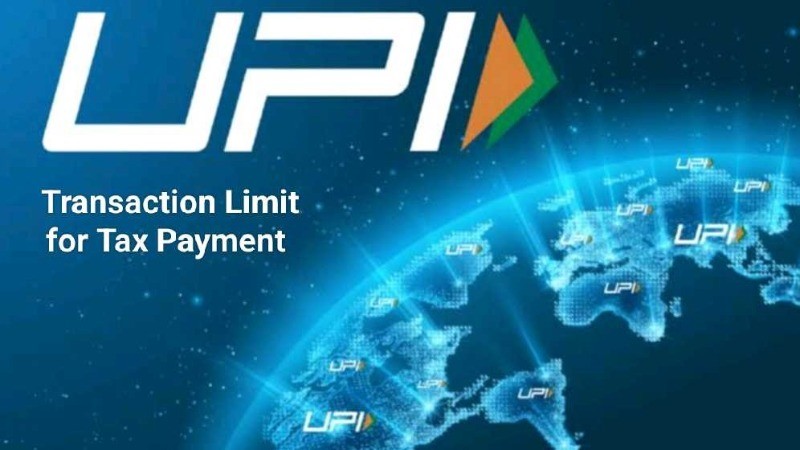
In an effort to promote digital transactions and enhance financial inclusion, the Reserve Bank of India (RBI) has announced an increase in transaction limits for Unified Payments Interface (UPI) services, specifically targeting users of keypad mobile phones. This announcement was made by RBI Governor Shaktikanta Das during a recent policy rates meeting.
One significant change is the increase in the per-transaction limit for UPI123Pay, a service that enables UPI payments without requiring an internet connection. The limit has been raised from Rs 5,000 to Rs 10,000. UPI123Pay, launched in March 2022 by the National Payments Corporation of India (NPCI) in collaboration with the RBI, aims to provide seamless digital payment options for feature phone users who lack access to smartphones or internet connectivity.
Governor Das emphasized that UPI has transformed India's digital payment landscape by making transactions accessible to everyone through ongoing innovation. "To further encourage wider adoption of UPI and make it more inclusive, it has been decided to enhance the per-transaction limit in UPI123Pay from Rs 5,000 to Rs 10,000; and increase the UPI Lite wallet limit from Rs 2,000 to Rs 5,000 and per-transaction limit from Rs 500 to Rs 1,000," he said.
In addition to the changes for UPI123Pay, the RBI has also increased the UPI Lite wallet limit from Rs 2,000 to Rs 5,000, while raising the per-transaction limit for UPI Lite from Rs 500 to Rs 1,000. These updates are designed to simplify low-value transactions and enhance the overall payment experience.
Another important development is the introduction of a beneficiary account name look-up feature for Real Time Gross Settlement (RTGS) and National Electronic Funds Transfer (NEFT) systems. Currently, this feature is available for UPI and Immediate Payment Service (IMPS), allowing users to verify the name of the recipient before completing a transaction. By extending this capability to RTGS and NEFT, the RBI aims to reduce errors in fund transfers and minimize fraud risks. "This facility will enable the remitter to verify the name of the account holder before effecting funds transfer through RTGS or NEFT. This will also reduce the possibility of wrong credits and fraud," added Das.
These initiatives are part of the RBI's ongoing efforts to strengthen the digital payment infrastructure in India, ensuring greater security, convenience, and inclusivity for all users, especially those relying on basic mobile devices for financial transactions.
India’s Next Big Move: Expanding UPI’s Reach to Africa and South America by 2027
RBI Maintains Repo Rate at 6.5% and Shifts to Neutral Stance
\RBI's October Monetary Policy Meet: Status Quo Expected, Hints of Future Easing Loom